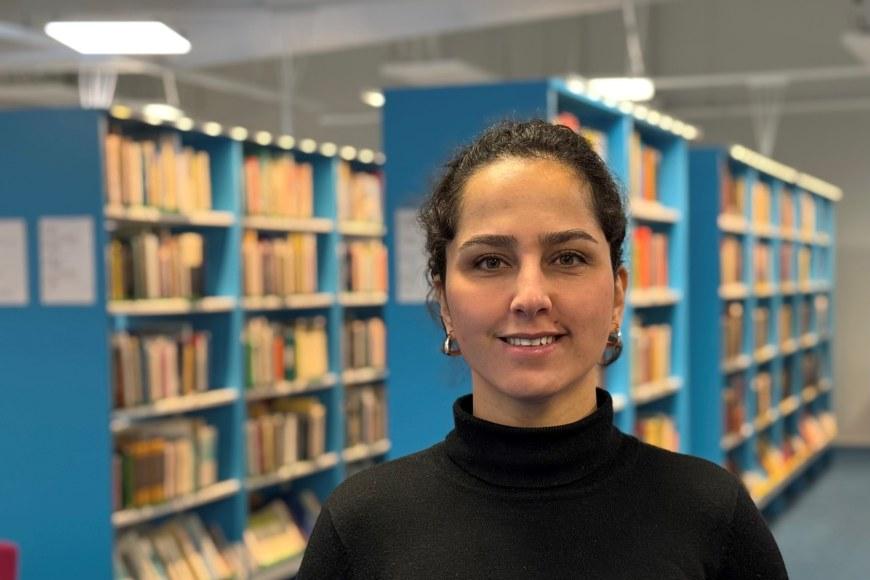
When an intense pulse of light interacts with a material, the distortion of the electron cloud of the atomic system composing the material leads to complex changes in both the temporal and spectral properties of the injected light. In the extreme case, these nonlinear interactions can result in the generation of a rainbow laser of light known as the supercontinuum light.
Supercontinuum light sources are traditionally generated in optical fibers that can guide light in the form of a single mode, yielding a beam with a bell-shape intensity distribution that can be conveniently focused or collimated depending on the application at hand. Nowadays, a wide range of supercontinuum light sources are available, with wavelengths extending from the ultraviolet to the mid-infrared. One of the main limitations of the current supercontinuum lasers is their beam power, constrained by the damage threshold of optical fibers, which guide light in a single mode due to their inherent small core.
In her dissertation, Zahra Eslami examines different approaches to the generation of broadband supercontinuum light in the mid-infrared spectral region in optical fibers with a large core that can support numerous modes and light the power limitation associated with single-mode fibers.
One of the key results reported is the development of a novel technique for fabricating fibers with a parabolic refractive index made of soft glasses, with extended transmission to the mid-infrared regime. The refractive index variation of such graded-index optical fibers leads to periodic focusing and defocusing of light inside the fiber and coupling between the spatial and temporal nonlinear light-matter interactions. This, in turn, yields unique nonlinear phenomena that can be harnessed to devise high-power supercontinuum light sources with tailored beam spatial and spectral intensity.
“The research reported in this dissertation contributes to our understanding of the nonlinear physics of complex multimode systems and provides novel technological approaches towards the development of coherent high-power broadband mid-infrared light sources,” Eslami says. She also anticipates that the methods deployed, and studies conducted will stimulate further developments and research on multimode structured light sources.
Originally from Iran, Zahra Eslami is working as a researcher in the Ultrafast Photonics group at Tampere University.
Public defence on Friday 5 April
The doctoral dissertation of MSc (Tech.) Zahra Eslami in the field of physics titled Mid-infrared Supercontinuum Generation in Multimode Optical Fibers will be publicly examined at the Faculty of Engineering and Natural Sciences at Tampere University at 12 o’clock on Friday 5 April 2024 on the Hervanta campus, Sähkötalo building, auditorium SA203 (address: Korkeakoulunkatu 3, Tampere). The Opponent will be Assistant Professor Katarzyna Krupa from the Institute of Physical Chemistry, Poland. The Custos will be Professor Goëry Genty from the Faculty of Engineering and Natural Sciences, Tampere University.
The doctoral dissertation is available online.
The public defence can be followed via a remote connection.
Photograph: Francesca Gallazzi
